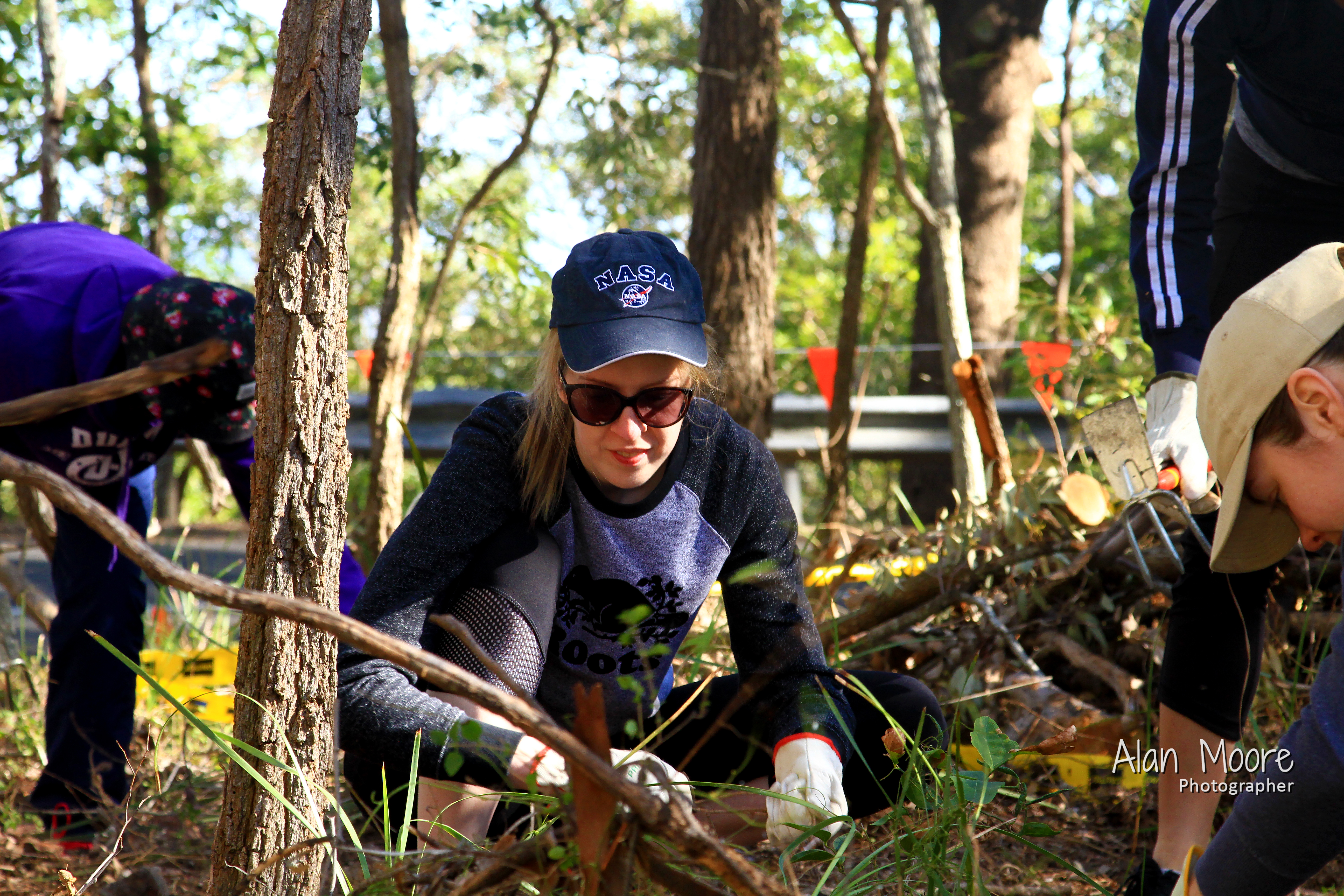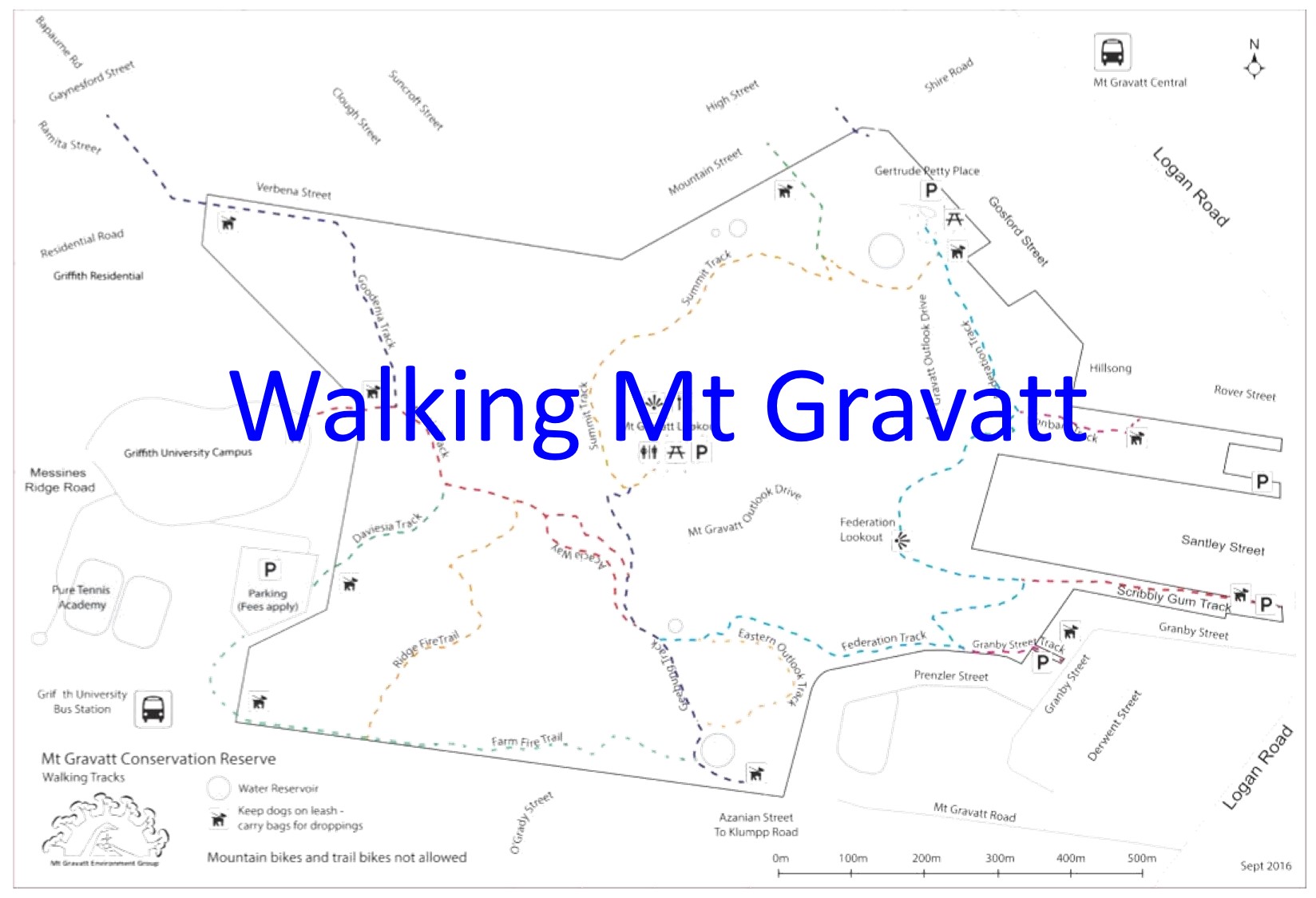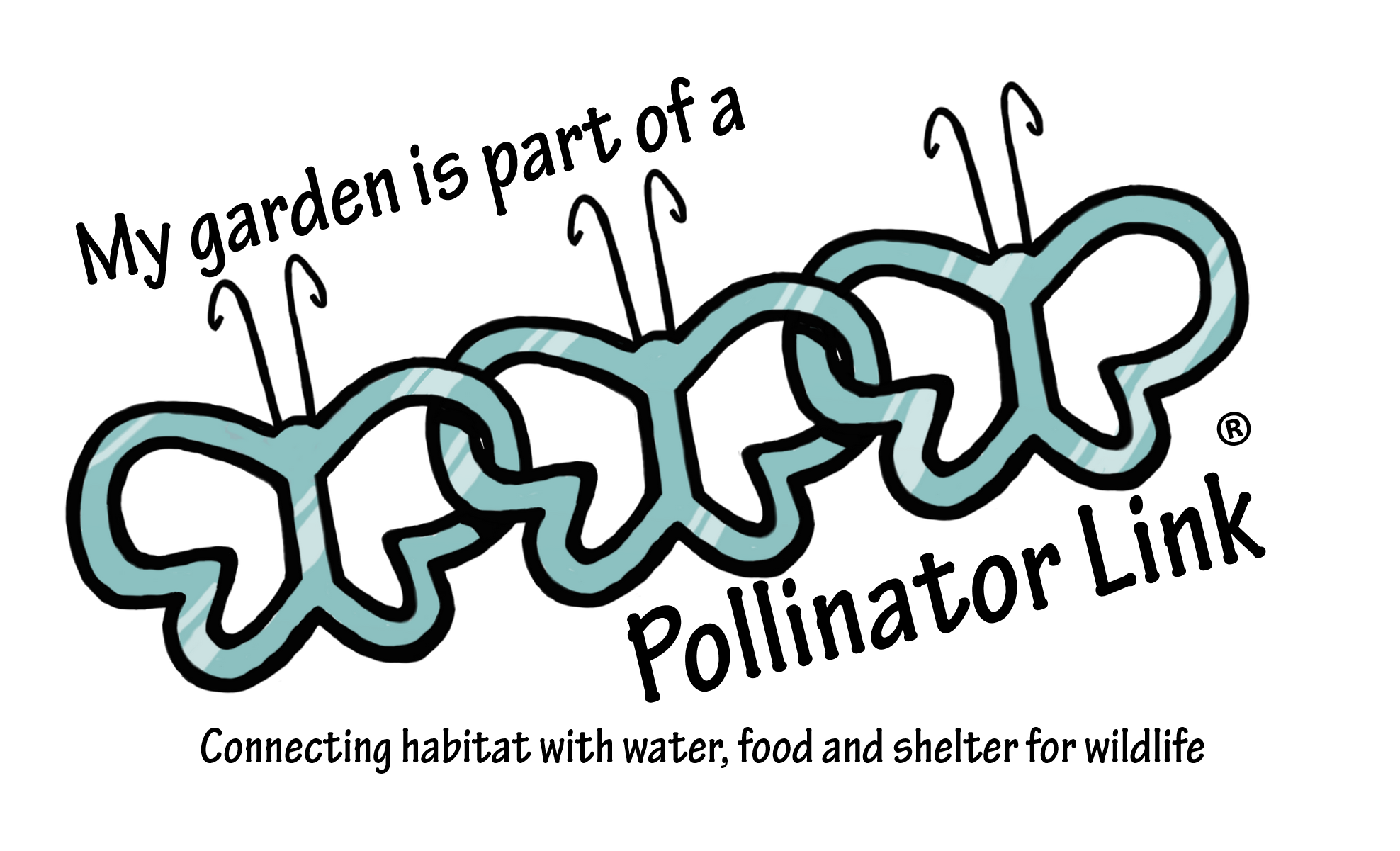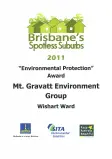By: Michael Fox
In June 2013 a young neighbour Liam knocked on my door with an moth caterpillar in a box. A Large Anthelid Moth – Anthela canescens caterpillar.
I learnt a lot studying Liam’s caterpillar particularly about defense mechanisms. The Anthela canescens has non-envenomating (no venom) hairs that produce a mechanical irritation on contact. The hairs are fragile and easily dislodged from the caterpillar, they adhere to the surface of skin when the caterpillar is contacted.
Other moth caterpillars like the curious Mottled Cup Moth caterpillar Doratifera vulnerans have more active defenses with venomous spines they deploy along their sides like a galleon running out its canons. The venom is not dangerous but does pack a sting if you brush against the caterpillar.
So I was pleased to find a Large Anthelid Moth yesterday. So I now know what Liam’s caterpillar would grow into.
.
.
I was fascinated by the moth’s “furry” plumose antennae.
.
.
.
.
“There are many variations in both the shape and the amount of bristles in plumose antennae. In moths, the plumose antennae of the males act as chemoreceptors and enable them to detect pheremones given off by the female. The hairs on each antenna significantly increases the receptive surface area so that even the most minute chemical changes in the environment can be detected.”
University of Sydney Biological Sciences
I have updated the Flora & Fauna files.
Check what other moths are found in Mt Gravatt Conservation Reserve.
.


















